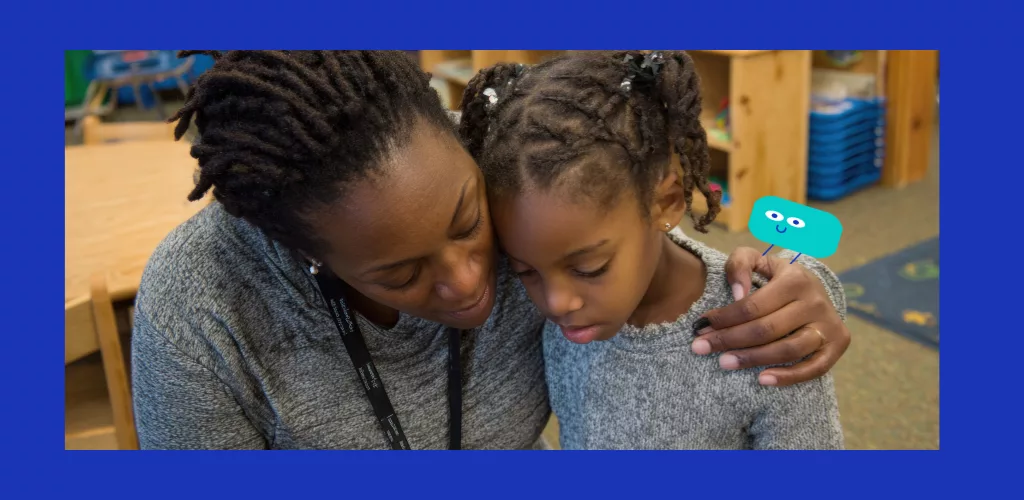How can you prevent emotional storms in children?
The emotional storm in children is a tumultuous whirlwind that shakes their being, causing waves of intense emotions that overwhelm them and leave them seeking shelter in quietude.
Where do emotional storms come from?
Frustration is a complex emotion made up of anger and disappointment. It arises when we fail to achieve a goal, or when our expectations or desires are not fulfilled. For example, your kid is frustrated when it's time to turn off the TV because he hasn't finished his game. He's frustrated when he goes to sleep because he wants to spend more time with you or his siblings.
This emotion is very important, it's the emotion of limits. It makes us realize that we can't achieve everything, that we can't succeed at everything. It's also a normal, everyday emotion. We're frustrated when we can't find a place to park because we're wasting time. We get frustrated when we don't feel listened to, etc.
Frustration is often linked to aggression, and this is where we find the child's or teenager's states of crisis. But frustration can also lead to resignation. Tantrums and tears are normal; everyone can be overwhelmed by their emotions, and this is particularly true of children whose emotional brains are still developing.
Here are a few tips to help or prevent your child's seizures
Some everyday situations can lead our kids to clash: starting to do their homework, putting their game away to go and have a shower, turning off the TV to go and have dinner, or even going to bed.
Young children are focused on the present moment, and may find it difficult to deal with frustration at activity transitions.
Here are a few useful strategies to help your child cope better with these moments:
- Set up routines to help your kid anticipate the moments to come. Routines can be displayed in the form of pictures or a timetable.
- Prevent transition by giving time markers: "You read for another 10 minutes, then turn off the light". With younger children, you can use visual cues, such as "When the needle is at the top", or the number of iterations, such as "Throw the ball 5 more times, then stop".
- Set achievable goals: "You can watch one episode, then we'll do something else."
- Offer choice or responsibility: "Okay, it's time to get dressed, do you want to choose your clothes?"
- Give explicit instructions: "Reread your lesson 1 time, then I'll ask you some questions" rather than "Do your homework!
- Use eye contact, and replace threats with rewards : "You can play when you're done", rather than "Finish your homework or you won't be able to play".
- Identify the situations in which your child is likely to have a crisis and act beforehand. Welcoming emotions by identifying, verbalizing or relaxing them, and using clear messages, will be your best allies.
Naming emotions is part of the solution!
We hope you find these tips useful in helping your child avoid emotional storms!
The Soft Kids team 🌈




0 comments